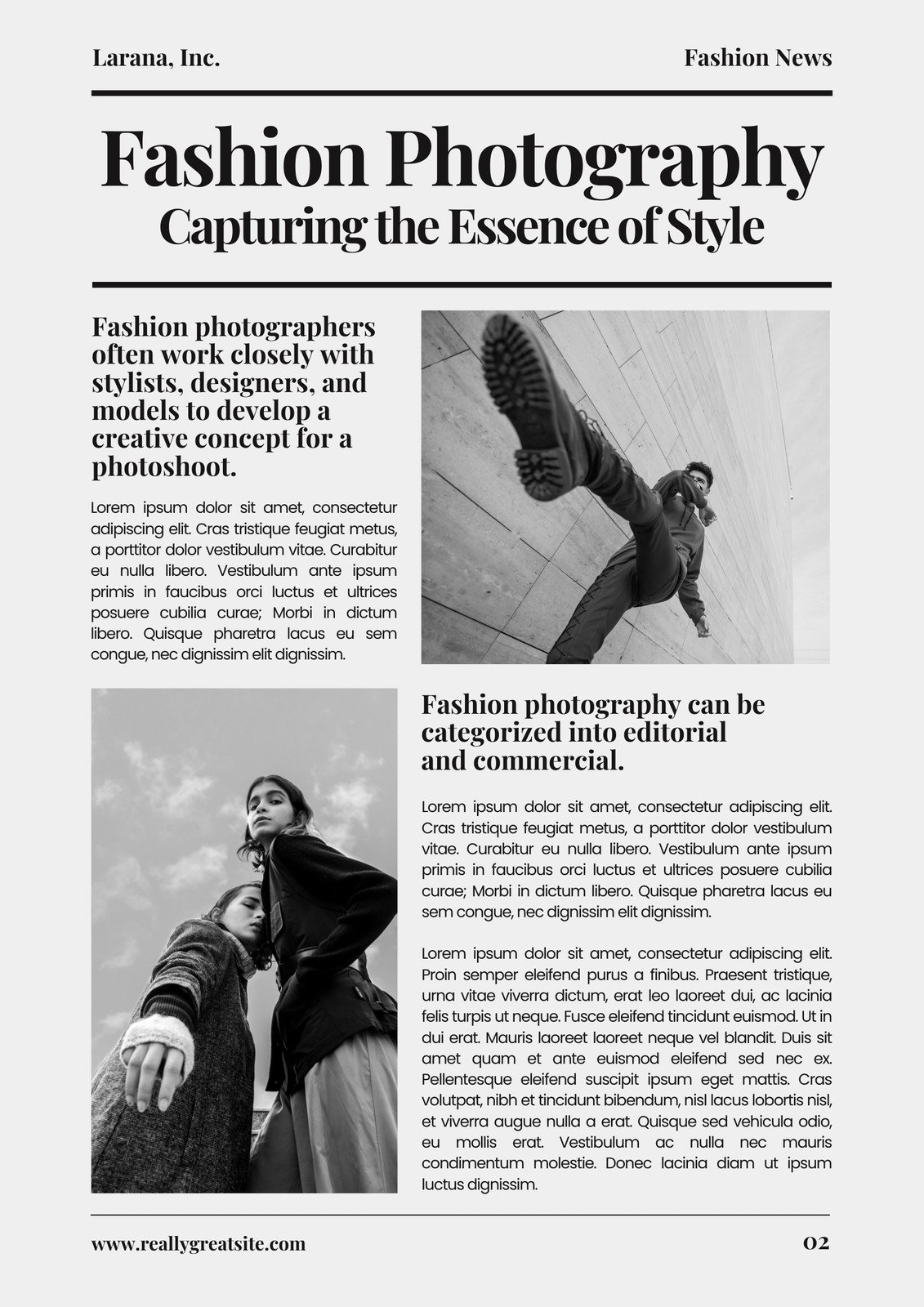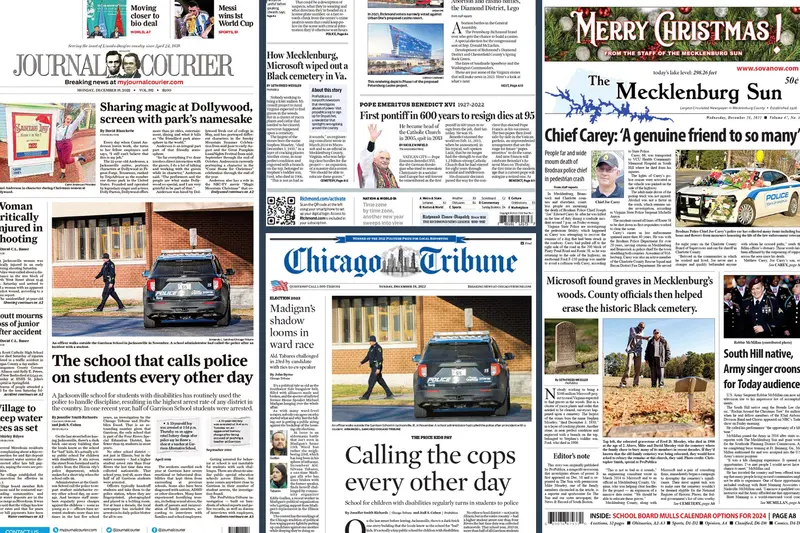3 Simple Techniques For News Articles
Table of Contents6 Simple Techniques For News ArticlesHow News Articles can Save You Time, Stress, and Money.Excitement About News ArticlesGetting The News Articles To WorkSome Known Incorrect Statements About News Articles
Great expertise of different topics provides pupils an one-upmanship over their peers. Although electronic and social networks are readily available, we must not neglect just how important it is to check out the newspapers. Parents need to try and inculcate the habit of checking out a newspaper as an everyday regimen to proceed the heritage of the adored print tool.Newspaper article likewise consist of a minimum of among the following important qualities about the designated audience: closeness, importance, timeliness, human passion, strangeness, or repercussion. The related term journalese is sometimes utilized, normally pejoratively, to describe news-style writing. One more is headlinese. Newspapers generally stick to an expository writing style.
Within these limitations, information tales additionally intend to be thorough. Amongst the bigger and a lot more recognized newspapers, fairness and balance is a major aspect in providing info.
Newspapers with a worldwide target market, for instance, tend to use a much more formal style of composing. The specific selections made by a news outlet's editor or editorial board are frequently collected in a design overview; common design guides include the and the United States Information Style Publication. The main objectives of news writing can be summed up by the ABCs of journalism: accuracy, brevity, and clarity.
The Main Principles Of News Articles
Generally, journalists will not use a long word when a brief one will do. They utilize subject-verb-object building and vibrant, active prose (see Grammar). They offer anecdotes, examples and metaphors, and they seldom depend on generalizations or abstract ideas. Information writers try to avoid utilizing the same word a lot more than once in a paragraph (often called an "echo" or "word mirror").
Nevertheless, headings often omit the topic (e.g., "Jumps From Boat, Catches in Wheel") or verb (e.g., "Cat lady fortunate"). A subhead (additionally subhed, sub-headline, subheading, caption, deck or dek) can be either a secondary title under the major heading, or the heading of a subsection of the post. It is a heading that precedes the primary message, or a team of paragraphs of the major message.

Added billboards of any of these kinds may appear later in the short article (specifically on succeeding web pages) to lure further analysis. Such signboards are likewise utilized as tips to the short article in various other sections of the magazine or site, or as advertisements for the piece in various other magazine or websites. Regular structure with title, lead paragraph (summary in bold), other paragraphs (information) and call info.

Instance of a hard-lead paragraph NASA is proposing another space task. The firm's budget plan request, announced today, consisted of a plan to send out one more objective to the Moon. This time around the firm wants to establish a long-term facility as a jumping-off place for various other room journeys. The budget demands around $10 billion for the task.
An "off-lead" is the 2nd most essential front web page information of the day. To "hide the lead" is to wikipedia reference begin the write-up with background info or information of additional importance to the visitors, compeling them to read even more deeply right into a post than they should have to in order to find the vital points.
News Articles Things To Know Before You Buy
Common usage is that one or 2 sentences each form their own paragraph. Journalists generally define the company or structure of a news tale as an upside down pyramid. The important and most fascinating aspects of a tale are placed at the start, with supporting info complying with in order of lessening significance.
It enables individuals to explore a subject to only the depth that their inquisitiveness takes them, and without the charge of information or subtleties that they could think about unnecessary, but still making that info readily available to more interested visitors. The upside down pyramid framework additionally enables posts to be trimmed to any kind of arbitrary length throughout design, to fit in the room offered.
Some writers start their tales with the "1-2-3 lead", yet there are several type of lead offered. This format usually starts with a "5 Ws" opening paragraph (as described over), complied with by an indirect quote that offers to sustain a major element of the very first paragraph, and after that a straight quote to support the indirect quote. [] A twist can refer to numerous things: The last story current broadcast; a "delighted" story to finish the program.
Longer articles, such as magazine cover write-ups and the pieces that lead the within areas of a newspaper, are understood as. Feature stories important source vary from straight news in numerous ways.
The Best Guide To News Articles
An attribute's first paragraphs frequently connect a fascinating moment or event, as in an "anecdotal lead". From websites the details of a person or episode, its sight promptly widens to generalizations about the story's subject.

The Editor's Toolbox: A Reference Overview for Beginners and Professionals (2001) Allan M. Siegal and William G. Connolly. The New York City Times Manual of Design and Usage: The Authorities Design Overview Made Use Of by the Writers and Editors of the World's A lot of Reliable Paper (2002) M. L. Stein, Susan Paterno, and R.